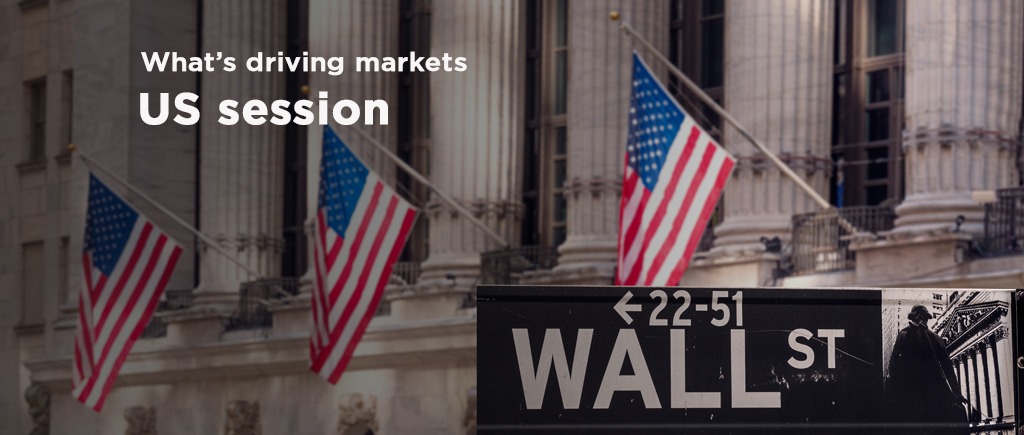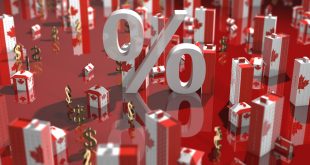Thursday witnessed a spike in stock market volatility. Indexes on Wall Street began the day in the red but ended the day up more than 1%. Nasdaq took the lead with a gain of 2.48%. Fears about systemic risk subsided, improving the market’s attitude. 11 of the biggest American banks announced a $30 billion deposit into First Republic Bank, which helped the situation. First Republic’s stock recovered from a 36% decline to end the day 10% higher.
Economic Data
According to the US Department of Labour’s publication of weekly data on Thursday, there were 192,000 new claims for unemployment benefits during the week ending March 11. This print exceeded the market expectation of 205,000 and followed the previous week’s print of 212,000. The advance seasonally adjusted insured unemployment rate was 1.2%, and the 4-week moving average was 196,500, down 750 from the corrected average from the prior week, according to further information in the release.
Initial Jobless Claims pulled back after surging last week, and Housing Starts unexpectedly rebounded to 1.45 million, significantly above the 1.31 million of market consensus. Philadelphia’s Manufacturing Business Index for current general activity improved in March to -23.2 from -24.3 in February, a reading worse than the -14.5 of market consensus.
The final figure of consumer inflation for the Eurozone on Friday shouldn’t reveal any surprises. US Industrial Output and the University of Michigan’s Consumer Sentiment survey are also on the agenda.
Key Developments
WTI was trading at 68.28, up 0.08%. The price of WTI is also supported by reports that Saudi Arabia and Russia met to discuss enhancing market stability. The deputy prime minister of Russia and the Saudi energy minister, Prince Abdulaziz bin Salman, met in the Saudi capital to discuss the efforts being made by the OPEC+ group to maintain market equilibrium.
The European Central Bank increased interest rates by 50 basis points, as anticipated. Both Lagarde’s and the monetary policy statement’s phrases were carefully picked. The ECB acknowledged that inflation is expected to stay too high for an extended period of time in the first phrase. They are “watching” current developments at the same time. There was little movement in the currency market. The euro slightly declined after the ECB meeting.
The American session was uneventful. Most major currencies fluctuated in narrow bands. Although GBP/USD remained steady around 1.2100, EUR/USD steadied around 1.0600.
Increased risk and government bond yields caused the USD/JPY to rise back above 135.00, causing the Japanese Yen to fluctuate all over the place.
As New Zealand released weaker-than-expected Q4 GDP figures, the NZD/USD pair hit a low of 0.6131 before recovering to reach 0.6200. Instead, Australian employment data strengthened the Australian dollar, pushing the AUD/USD rate to 0.6650.
Gold tried to reach recent highs but fell back as yields increased; the XAU/USD rate is steady at $1,920 per ounce. The little uptick in market sentiment supported the price of crude oil; WTI increased 1% to close above $68.00.
Also Read:
EUR/USD stabler on trimmed Fed-ECB policy gap
NZD/USD firmly holds around 0.6190s ahead of US Consumer Sentiment
11 US banks deposit $30 billion into First Republic Bank
Liquidators: FTX top officials wasted $3.2B
WTI advances on sentiment improvement as Saudi-Russia talks easing fears
 Noor Trends News, Technical Analysis, Educational Tools and Recommendations
Noor Trends News, Technical Analysis, Educational Tools and Recommendations





